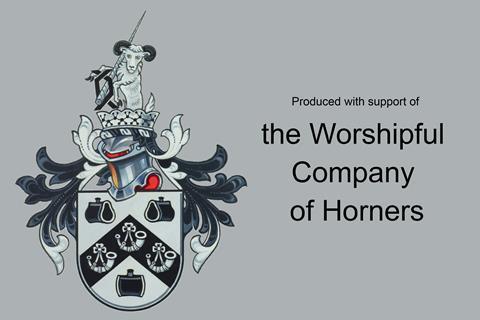Challenge learners to apply their knowledge of polymers, mechanisms and more
This resource accompanies the article The science behind sustainable home insulation in Education in Chemistry which looks into the advantages and disadvantages of using plastics in our homes.
Learning objectives
- Review your knowledge and understanding of the synthesis and use of addition and condensation polymers.
- Review your knowledge and understanding of other linked topics: naming and formulas of organic compounds, environmental concerns from the use of organohalogen compounds, nucleophilic reaction mechanisms and intermolecular forces.
- Practise answering context-based questions using your knowledge, as well as unfamiliar information given in the question.
The questions are designed to be of a similar style to those learners meet in examinations at this level. A full mark scheme is provided in the teacher notes, although it is not an actual exam mark scheme, so it has not been checked against every response that might be worth some credit.
How to use this resource
This resource is based on the chemistry of the polymers and other compounds discussed in the Education in Chemistry article.
The worksheet is designed for learners to assess their current level of knowledge and understanding of polymers, as well as the other topics listed in the learning objectives. You can also adapt it as a starter assessment for more advanced learners who have studied some aspects of the topic in pre-16 courses.
Learners can attempt the worksheet individually, as a group or as a ‘think-pair-share’ activity. You can also use the questions as exam practice, with a recommended time limit of 30 minutes.
More resources
- Quiz your students on their organic chemistry knowledge and problem-solving skills, as well as their understanding of polymers, with these Starter for 10 questions.
- Share Margot’s video job profile. She is a research innovations manager who applies her chemistry knowledge to real-life problems, such as fighting the war on plastics.
- Explore how the properties of polymers depend on their structure and different types of intermolecular bonds using this lesson plan for 16–18 year-old learners.
Scaffolding
The questions cover a range of levels of demand. You can edit or replace any that do not match the required level of challenge or support for the learners in your class.
It is helpful if learners read the article before attempting the questions as this sets the context. However, any essential information not expected from their prior knowledge of chemistry is given in the questions.

Downloads
Plastics in energy-saving homes student sheet
Editable handout | Word, Size 5.45 mbPlastics in energy-saving homes student sheet
Handout | PDF, Size 0.47 mbPlastics in energy-saving homes teacher notes
Editable handout | Word, Size 5.38 mbPlastics in energy-saving homes teacher notes
Handout | PDF, Size 0.44 mb



















No comments yet